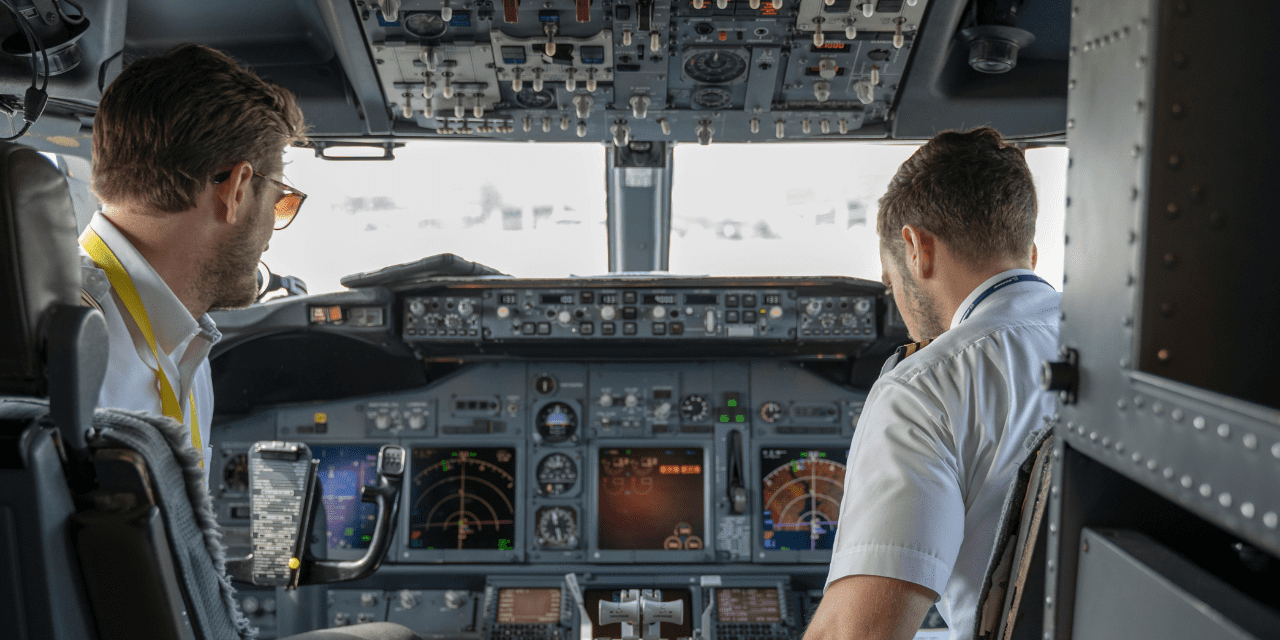Air travel transformed how people establish connections across the world. The development of flight from its initial stages to present-day jets has relied on technological advancements to achieve faster, safer, and more efficient travel. The aviation industry will continue to evolve in the same way. The development of innovations continues to transform aircraft construction methods, flight maintenance procedures, and operational practices. These technological developments will create a better and environmentally friendly future for both airline passengers and operators.
Smarter Aircraft Systems
Modern aircraft contain numerous technological systems which enhance their operational capabilities. Modern sensors monitor both engine operational status and fuel usage data. Real-time data enables both pilots and engineers to identify potential issues before they escalate into major problems. The implementation of these systems leads to shorter delays and improved safety measures.
The implementation of automation technology enhances aircraft operational capabilities. Modern aircraft use electronic signals through fly-by-wire systems instead of traditional mechanical controls. The implementation of these technologies results in aircraft that weigh less and exhibit better responsiveness. Artificial intelligence systems are currently being evaluated to help pilots make better decisions. AI assists human operators by processing large data volumes at high speed, yet people maintain full control of operations.
Sustainable Aviation Technologies
Environmental concerns are pushing the industry toward greener solutions. Airlines and manufacturers are exploring ways to cut carbon emissions. One promising approach is the use of sustainable aviation fuel. Unlike traditional jet fuel, these alternatives are made from renewable sources. This reduces the overall environmental impact of flying.
Electric and hybrid aircraft are also gaining attention. Smaller planes powered by electricity are already in development. Larger aircraft using hybrid engines may become a reality in the next few decades. Improvements in battery technology are key to making these planes viable. Scientists and engineers continue to work on solutions that balance power and weight.
Next-Generation Air Traffic Control
Managing air traffic efficiently is crucial as the number of flights increases. Traditional radar systems are being upgraded to more advanced tracking technologies. Satellite-based navigation allows for more precise flight paths. This helps reduce congestion and makes air travel more reliable.
Automation is also improving how flights are scheduled and routed. Artificial intelligence can predict potential delays and suggest better routes. This minimizes disruptions and optimizes fuel use. With these improvements, air travel will become smoother and more predictable for passengers.
Cutting-Edge Aircraft Maintenance
Aircraft maintenance has always been a critical part of aviation. The latest technology is making it faster and more effective. Predictive maintenance uses real-time data to spot problems before they cause failures. This reduces unexpected breakdowns and keeps planes in the air longer.
Tools like aviation borescope devices allow engineers to inspect engines without taking them apart. This saves time and money. 3D printing is also revolutionizing maintenance by allowing parts to be created on demand. Instead of waiting for replacement parts to be shipped, engineers can print what they need on-site. These innovations make aircraft upkeep more efficient and cost-effective.
The Passenger Experience of the Future
Technology is not just improving aircraft; it is also transforming the passenger experience. Smart airports are using facial recognition to speed up security checks. Digital boarding passes and automated baggage systems reduce wait times. Travelers can move through airports more smoothly than ever before.
In-flight entertainment is also evolving. High-speed internet is becoming more common, allowing passengers to stream movies or work during flights. Virtual reality is even being explored as a way to enhance long-haul travel. Airlines are also working on ways to make cabins quieter and seats more comfortable. These advancements aim to make flying a more pleasant experience for everyone.
Conclusion
The future of air travel is shaped by technology. Smarter systems, sustainable fuels, and advanced maintenance techniques are making aviation safer and more efficient. Better air traffic control and improved passenger experiences are also on the horizon. As innovation continues, the way people fly will keep evolving. These advancements promise a future where air travel is smoother, greener, and more enjoyable for all. Additionally, automation, artificial intelligence, and eco-friendly aircraft designs are set to reduce costs, increase speed, and lower environmental impact. These exciting changes signal a revolution in how you think about and experience air travel.

